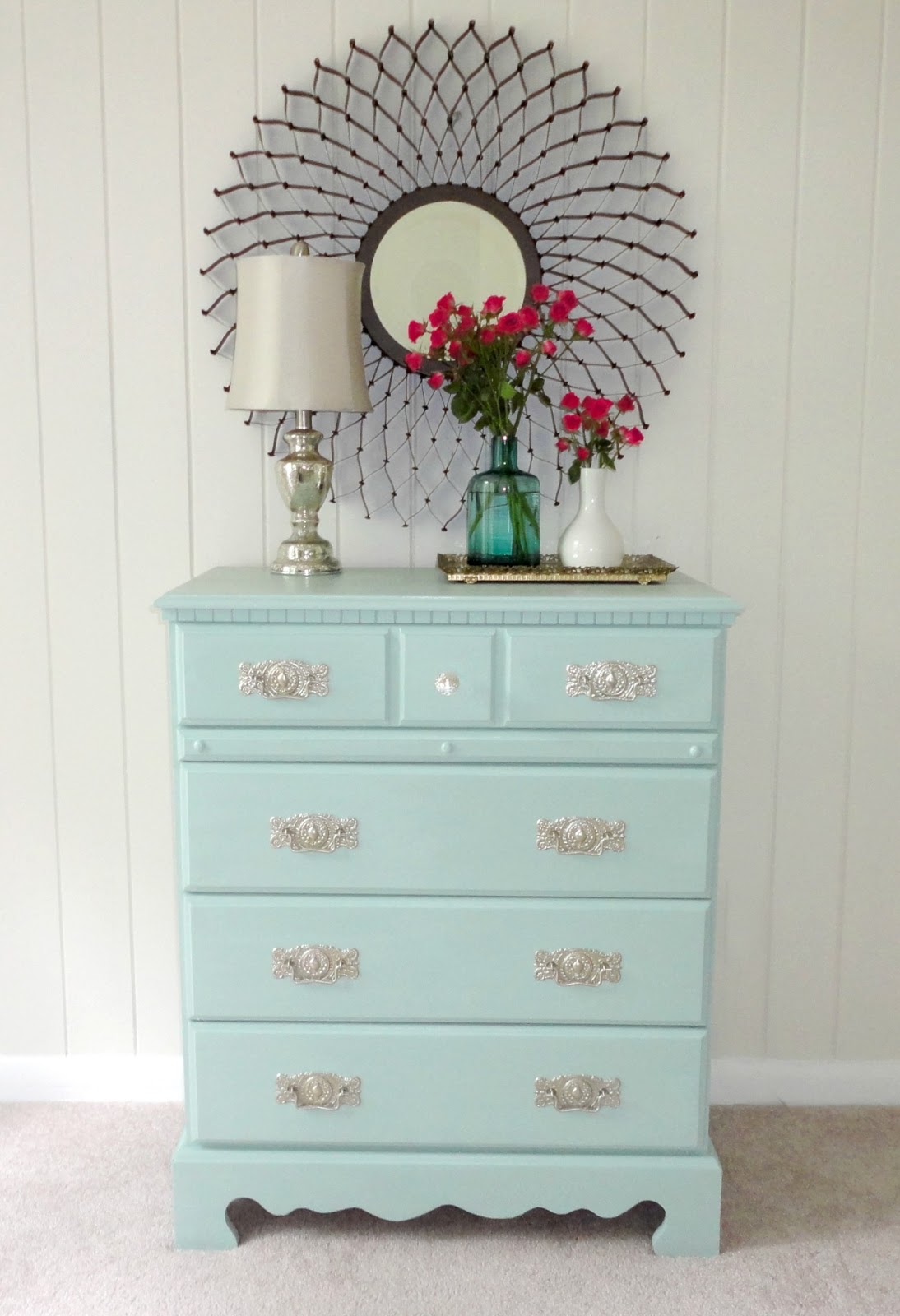Tips For Making A Move Easier On Pets
Moving is usually stressul for everyone, but it can be especially vexing for the furriest members of the family. If you're moving with pets, there are a few things you can do to help them stay calm and acclimate to their new environment more easily.
 Before the move:
Before the move:
-Request your pet's records from the veterinarian. Having those handy when you visit a new vet will help make the switch seamless. There won't be any question about medication names or due dates for vaccines.
-Buy a new collar with updated tags. You'll need to make sure you have your new address and phone number printed clearly.
-Check to see whether the county or state you're moving to requires pet licenses. If so, register them in advance so you'll have the tags ready for the new collar.
-Take your time with packing. The more of a "norm" it becomes for pets, the less stressed they'll be when they see their home being upended from top to bottom.
-Make sure you have a refill of any medications so you don't run out during the move or before you can find a new vet.
During the move:
-Keep your pet in its crate. Even though it might seem cramped and uncomfortable, it will actually bring them a little comfort during the stress of travel. It'll also keep pets and other travelers safe.
-Make sure food, water, medications, toys, etc., are easily accessible.
-If you're driving, don't forget to make regular stops for bathroom breaks!
After the move:
-Lay out your pet's essentials before unpacking so he or she has a few familiar items in a strange new house.
-Start a new routine right away. Pets need routine to feel comfortable. Allow them to familiarize themselves with the neighborhood or surrounding area.
-Seek out a new vet right away if you haven't already done so, and find out where to take pets in the event of an emergency.
Do you have other tips for helping make a move go smoothly for family pets? Let us know in the comments section!





 searching for the perfect new piece that fits your budget. In just a few short steps, you can have a brand new, custom piece of furniture that fits in seamlessly with the rest of your decor.
searching for the perfect new piece that fits your budget. In just a few short steps, you can have a brand new, custom piece of furniture that fits in seamlessly with the rest of your decor.


